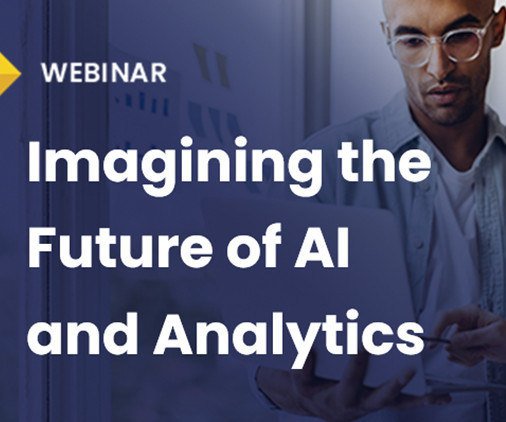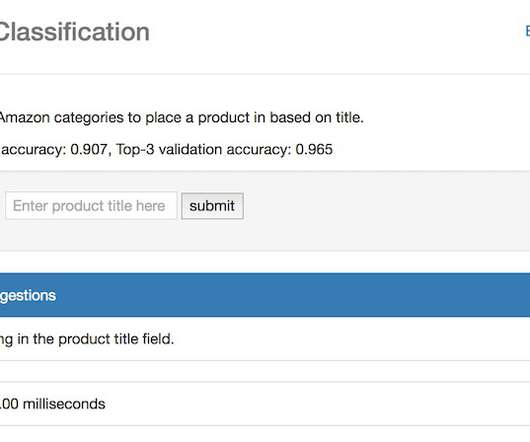25 Big Data Terms Everyone Should Know
Dataconomy
FEBRUARY 24, 2017
If you are new to the field, Big Data can be intimidating! With the basic concepts under your belt, let’s focus on some key terms to impress your date, your boss, your family, or whoever. Let’s get started: Algorithm: A mathematical formula or statistical process used to perform an analysis of. The post 25 Big Data Terms Everyone Should Know appeared first on Dataconomy.


























Let's personalize your content